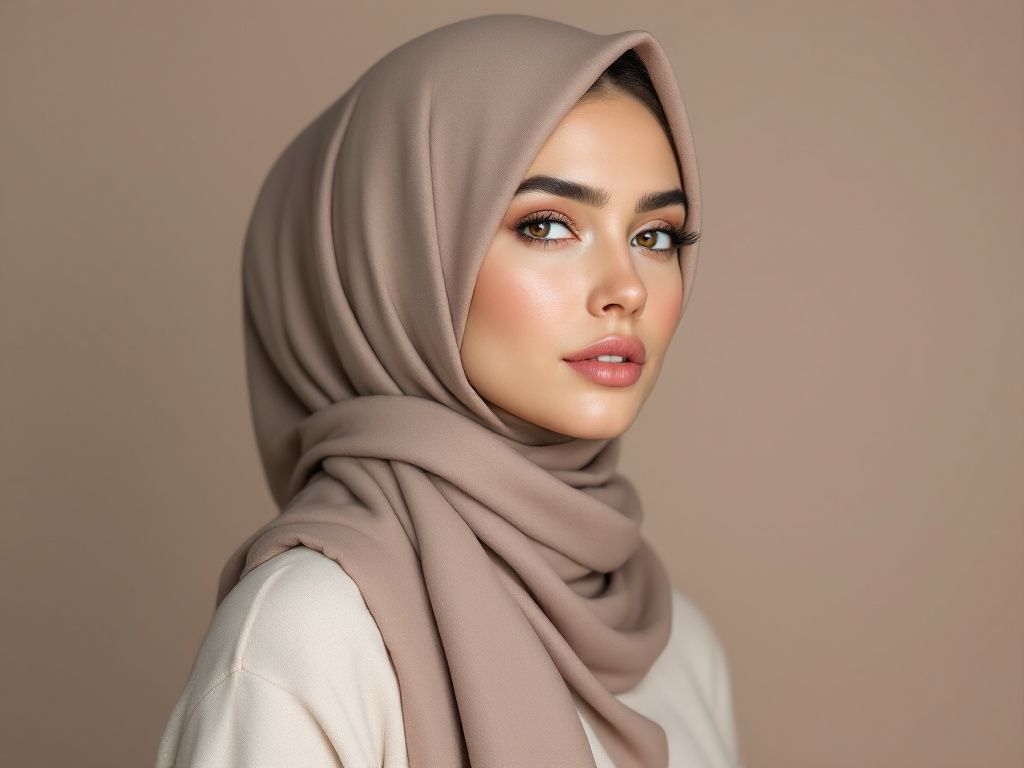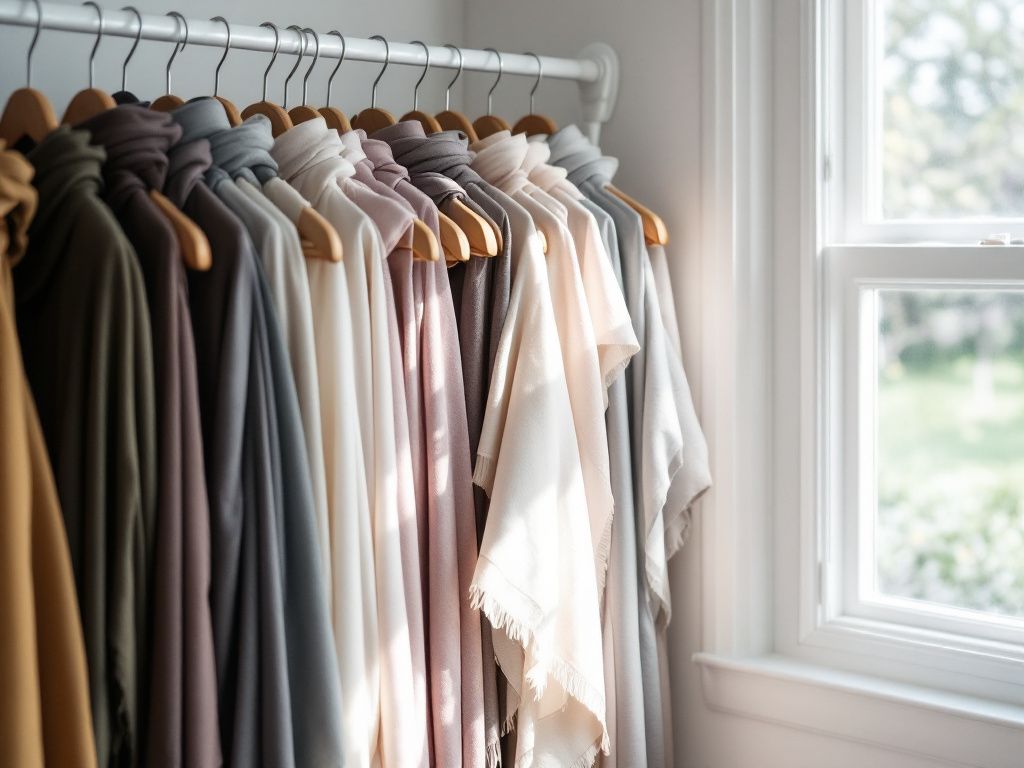
Hey, fashion enthusiasts! Ever taken a look at your closet and wondered, “How can I make my wardrobe more eco-friendly?” It sounds daunting at first. Trust me, we’ve all been there—staring at a sea of fast fashion labels, feeling that tug of guilt. But guess what? Transitioning to sustainable style doesn’t have to be an overhaul—it’s about making mindful choices one step at a time.
Let’s dive into this conversation about sustainable style. We’ll break it down, share ideas, and discuss practical ways you can make your fashion footprint lighter. You ready? Let’s chat!
Understanding Sustainable Style
First things first: What exactly is sustainable style? In the simplest terms, it’s about choosing clothes that are good for the planet and the people who make them. This means embracing eco-friendly materials, fair labor practices, and mindful consumption. Essentially, it’s being conscious of the impact your clothing choices have on the environment and society.
Let’s paint a picture here. Picture a world where garments are made from materials that don’t contribute to pollution. Imagine factory workers being paid fairly for their craft. From organic cotton to recycled polyester—a sustainable wardrobe has powerfully positive potential!
The Problem with Fast Fashion
Before we explore solutions, let’s talk about the elephant in the room: fast fashion. These clothes are churned out quickly, responding to fast-changing trends and usually at quite the cost—financially and environmentally.
Here’s the scoop. Fast fashion tends to rely on cheaper materials and labor, leading to mountains of waste and less-than-perfect ethical practices. Do a quick check on your last online shopping spree’s cart—how many lasted through multiple washes? That quick “it-was-on-sale-so-I-bought-three” high eventually spirals into garment guilt landfills can’t handle.

So, what can we do about it? That’s where sustainable style comes in, folks.
Steps to Embrace Sustainable Style
Ready to infuse a bit of green into your closet? Let’s go step by step:
1. Audit Your Closet
Start where you are. Take a little fashion inventory. Dig through your closet—you might find forgotten favorites that only need ironing. This process isn’t just clutter clearing; it’s consciousness-raising. By understanding what you already have, you’re curbing the urge to impulsively buy more.
2. Choose Quality Over Quantity
You know how you feel that difference? Compare a mass-produced sweater to something handmade with care. Often, quality speaks for itself and lasts longer. When shopping, look for items crafted with love—whether it’s a hand-stitched dress or a pair of thoughtfully designed jeans. Invest in durable pieces you’ll cherish.
3. Research Eco-Friendly Brands
Making informed choices in sustainable style means being curious. Discover which brands prioritize sustainable production. Check brand websites for information on eco-friendly initiatives. Brands like Patagonia and Everlane also report on supply chain transparency. Get into conversations, even. A quick chat can spark insightful recommendations!
4. Seek Sustainable Materials
Sustainability and great fabric choices go hand in hand. Materials like organic cotton, linen, hemp, and bamboo are more sustainable because they require less energy and water to produce. Simply checking materials labels as you shop can lead you to more eco-conscious options.

5. Support Local Artisans and Secondhand Stores
You’ve heard this right—thrifted is the new norm, giving garments a new life cycle while adding unique flair to your look. Wearing secondhand is stylish thrifting at its best! You might also find treasures from local artisans or upcoming eco-friendly designers who offer exclusive, handcrafted items. Who doesn’t love discovering a one-of-a-kind piece?
6. Wash Thoughtfully
How we care for our clothes impacts longevity. Washing less frequently, using cooler temperatures, and air drying can significantly extend the life of our garments. Try eco-friendly detergents; they’ll pamper your clothes and the planet simultaneously.
Common Myths About Sustainable Fashion
Now, let’s unwind a few things you might’ve heard about sustainable fashion:
Myth 1: Sustainable Clothes Are Too Expensive
Initially, it might seem pricier. But think of sustainable clothing as an investment. It often lasts longer and holds up better wash after wash, preventing you from constantly replacing worn-out items.
Myth 2: Green Fashion Isn’t Stylish

We’ve come a long way, folks. Sustainability shines in diverse, trendy choices perfect for all seasons. From modern designers to chic thrift collections, eco has never been chicer.
Myth 3: One Person Can’t Make a Difference
Oh, but you do. Imagine collective change if even a fraction of fashionistas made conscious choices—our fashion’s ripple could turn into a tidal wave.
Embrace a Conscious Fashion Lifestyle
Incorporating mindful fashion doesn’t stop with a few eco purchases. Embrace change in your overarching lifestyle—for instance, formulating thoughtful habits in buying less, wearing longer. Look ahead, too. When worn spots or stains arise, patch it up or turn it into something new altogether.
Use social media to support and amplify eco-friendly brands—camped in solidarity, promoting sustainable messages echoes global impact.
Summary Table: Key Takeaways
| Sustainable Strategy | Action Summary |
|---|---|
| Audit Your Closet | Know what you own; appreciate its potential to prevent excessive purchases. |
| Quality Over Quantity | Invest in durable, well-made garments for long-term enjoyment. |
| Research Eco Brands | Engage and share brand success stories, fostering transparent collaborations. |
| Seek Out Green Materials | Familiarize yourself with sustainable materials; prioritize eco-conscious brands. |
| Thrift and Support Local | Explore the flair of thrifted fashion; support local eco-art directors transforming industry. |
| Thoughtful Washing | Extend clothing life with mindful maintenance, considering lower temp cycles and air drying. |
So, there you have it—a quick journey across sustainable style! There’s art in revamping your wardrobe with heart, forming a sustainable tapestry rich with beauty and biosphere respect. You’re not only enriching your bassinet of a wardrobe, but investing in a greener planet.
Crafting a sustainable style doesn’t have to happen overnight, and every small effort blossoms into a meaningful narrative. Have any tips of your own? Let’s keep the conversation going in the comments—your latest thrift finds, eco-challenges, or triumphs, I’m all ears! Keep growing and glowing green, friends —let’s style our way to sustainability.
Frequently Asked Questions
What is sustainable style?
Sustainable style, or sustainable fashion, refers to the creation, production, and distribution of clothing and accessories in a way that minimizes environmental impact and promotes social responsibility. This includes using natural and organic materials, reducing waste, and ensuring ethical labor practices[1][3][5).
What materials are commonly used in sustainable fashion?
Sustainable fashion often utilizes organic and natural materials such as organic cotton, linen, wool, and recycled materials. These materials are chosen for their biodegradability and the fact that they are grown or produced without harmful pesticides and chemicals[1][3][5).
What are some key principles of sustainable fashion?
The core principles of sustainable fashion include supply chain transparency, ethical labor practices, collaborative consumption, circularity, recycling, and upcycling. Additionally, sustainable fashion emphasizes production methods that minimize environmental impact, such as using renewable energy sources and reducing waste[1][3][5).
How can consumers support sustainable fashion?
Consumers can support sustainable fashion by choosing clothes made from organic materials, buying from eco-friendly brands, repairing and maintaining their clothes, shopping second-hand or vintage, and opting for circular fashion practices that promote recycling and upcycling[1][3][5).
References- What is Sustainable Fashion: Definition & Examples. LeMuse.
- Sustainable Fashion: Exploring Eco-Friendly Practices in the Industry. Lindenwood University Online.
- What Does ‘Sustainable’ Fashion Mean?. Study 34.







